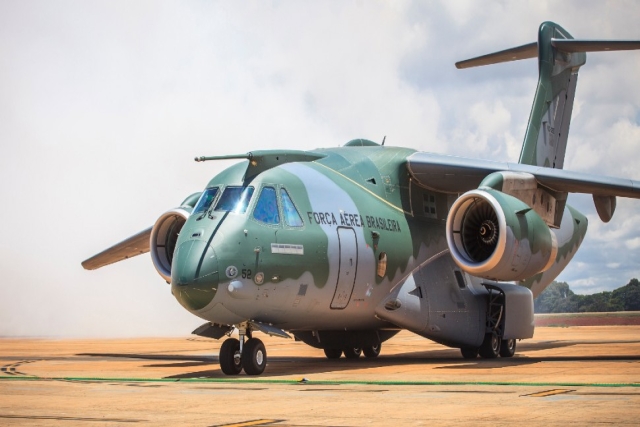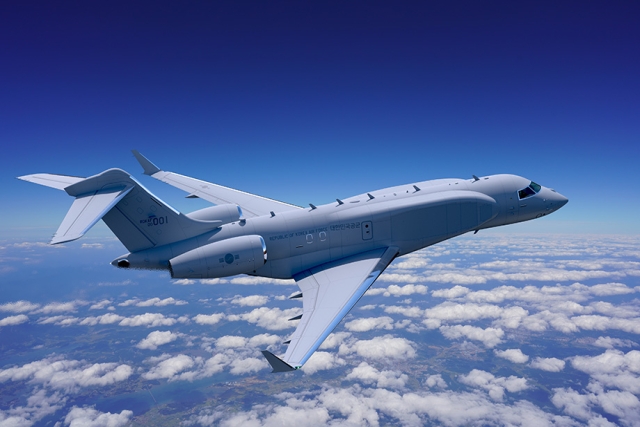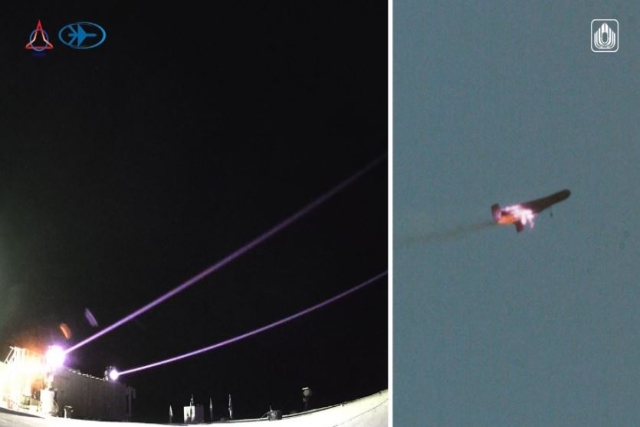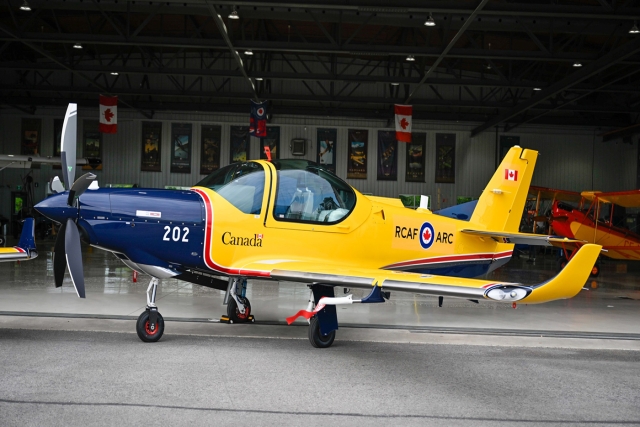USAF Research Lab Tests Palletized Airdrop from MC-130J Transporter
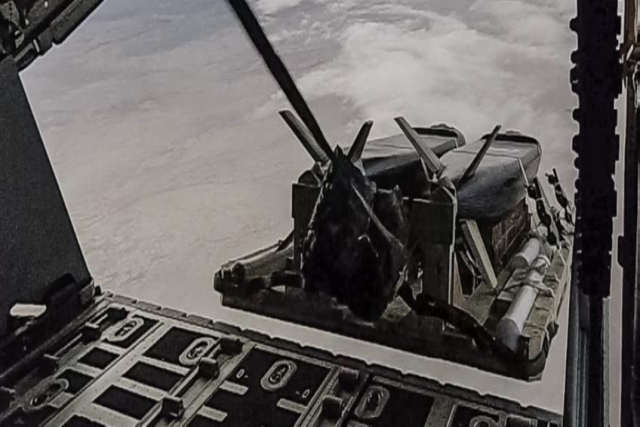
The United States’ Air Force Research Laboratory (AFRL) and Air Force Special Operations Command (AFSOC) tested simulated palletized munitions by air dropping them from an MC-130J plane.
“Through a partnership with the Air Force Research Laboratory, the Air Force Special Operations Command successfully released simulated palletized munitions, Jan. 28, 2020, from an MC-130J, a multi-mission, combat, transport and special operations tanker, in three airdrops at Dugway Proving Ground, Utah,” AFRL said in a release on May 27.
For this Phase I demonstration, an AFSOC 27 SOW MC-130J aircraft flew to the range from Hill Air Force Base, accompanied by an ANG 137 SOW MC-12 chase aircraft flying from Salt Lake City International Airport. This turbo prop plane with intelligence, surveillance and reconnaissance, made real-time observations, capturing photos and video during three airdrops.
This will enable delivery of a large volume of air-launched weapons at any given time.
In this case, munitions stacked upon wooden pallets, or Combat Expendable Platforms (CEPs), deployed via a roller system. AFSOC used an MC-130J Commando II since its cargo area supported the release of multiple, relatively large munitions using tried and proven procedures.
AFSOC aircrew released five CEPs rigged with six simulated munitions, the same mass as the actual weapons, including four Cargo Launch Expendable Air Vehicles with Extended Range (CLEAVERs) across a spectrum of low and high altitude airdrops. These long-range, high precision weapons destroy moving and non-moving targets.
In the three airdrops, all five CEPs separated cleanly from the aircraft, and the munitions separated from the CEPs.
“CLEAVER represents a different approach to launching large numbers of long-range weapons, which will bring a new dynamic to the high-end fight,” said Col. Garry Haase, the director of AFRL’s Munitions Directorate.
The employment of these weapons directly advances the Air Force palletized munition experimentation effort, a concept in which a multi-engine platform carrying large quantities of network-enabled, semi-autonomous weapons accompanies remotely piloted aircraft and fighter jets in combat missions.
In future demonstrations, AFSOC will release CLEAVER glider vehicles, powered vehicles, and full-up vehicles with optional Warhead and terminal guidance.
“AFRL’s Munitions Directorate (RW) will provide vehicles and SMEs in Phase II and beyond,” said Jerry Provenza, the AFRL CLEAVER program manager.

